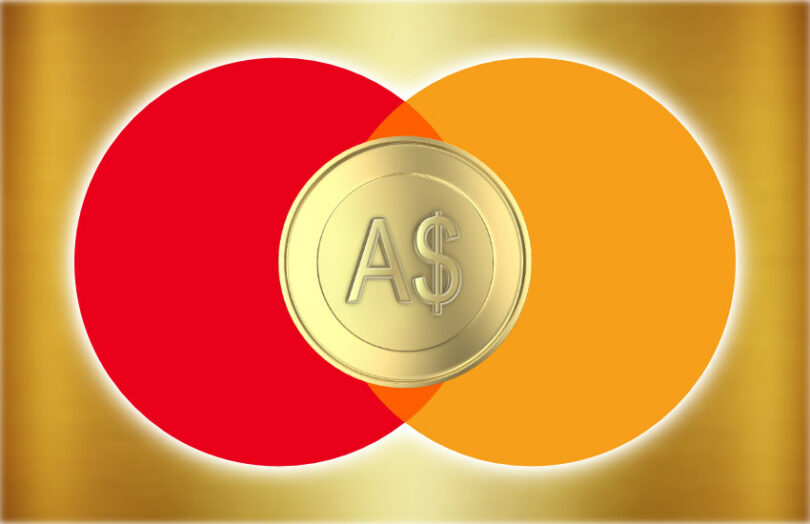In August, the Reserve Bank of Australia (RBA) published the results of its central bank digital currency (CBDC) pilot in conjunction with the Digital Finance Cooperative Research Centre (DFCRC). One of the 16 use cases was from Mastercard, which shared additional details yesterday.
While the central bank issued the eAUD CBDC on a private blockchain, several use cases explored how to use a CBDC on a public blockchain. Often non-fungible tokens (NFTs) on public blockchains are priced in cryptocurrency. However, the pricing of NFTs targeting mainstream consumers is in US dollars or local currency. For fiat currency pricing, people often pay with Visa or Mastercard, and on chain settlement uses stablecoins.
As an alternative, Mastercard wanted to explore how to use a CBDC instead of a stablecoin to pay for an NFT. Hence, Mastercard issued a so-called ‘wrapped’ CBDC on the Ethereum blockchain. The equivalent amount of pilot eAUD was locked in Mastercard’s RBA wallet.
Central banks don’t want to see their CBDCs used for nefarious purposes. Hence, while cryptocurrencies might be exchanged pseudonymously, to transfer wrapped CBDC, know your customer (KYC) compliance is required. Mastercard enabled an allow list to ensure only approved addresses could use the CBDC. It also deployed its digital identity solution, the Mastercard Crypto Credential.
“By enabling people to easily move digital currencies on-demand, via Mastercard’s trusted network, more consumers could participate in crypto ecosystems using reputable and reliable forms of money, while enjoying the benefits that these currencies offer such as programmability, transparency, and compliance,” said Richard Wormald, Division President, Australasia at Mastercard.
Other participants for this use case were the NFT platform Mintable, and local payments provider Cuscal.
Meanwhile, Mastercard recently launched a pilot version of its Mastercard Multi-Token Network (MTN). Like the eAUD pilot, it wants to provide a payment layer for various blockchains. Also like the eAUD pilot, rather than using cryptocurrency for payment, it wants to support conventional money starting with tokenized deposits.






